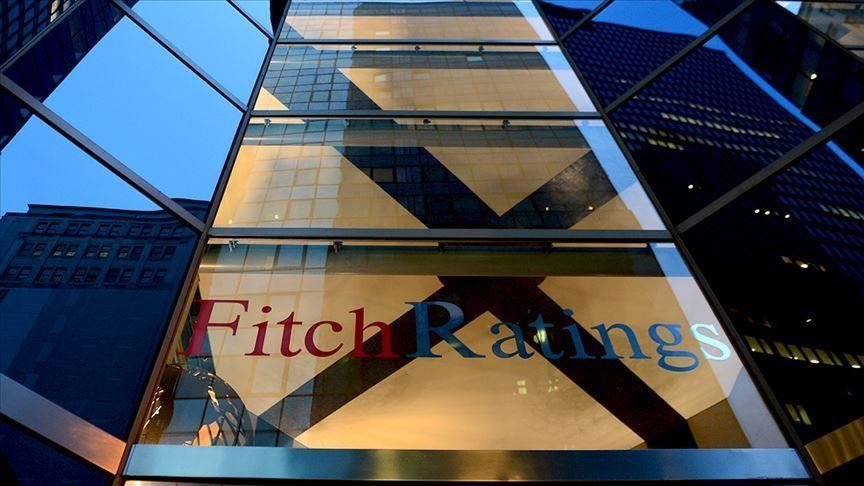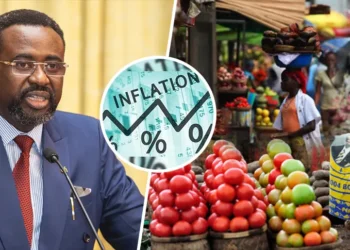Fitch Ratings has raised its global growth forecast for 2025, citing stronger-than-expected economic data in the second quarter of the year.
According to the revised Global Economic Outlook (GEO), world growth is now projected at 2.4%, up from the earlier forecast of 2.2% in June 2025. While this revision represents a moderate improvement, it remains well below the 2.9% growth rate recorded in 2024 and still lags long-term global trends.
The ratings agency highlighted that momentum in parts of the eurozone and resilient export performance from China have helped offset weaknesses emerging in the United States. However, Fitch cautioned that the global economy faces significant headwinds, particularly from ongoing US tariff hikes and inflationary pressures.
Despite the upward revision for global growth, Fitch issued a stark warning about the US economy. The agency forecasts the US will grow at 1.6% in 2025, only slightly higher than the 1.5% projected in June but well below its historical trend.
Brian Coulton, Chief Economist at Fitch, stressed that signs of a slowdown in the US are no longer confined to sentiment surveys. “Evidence of a slowdown in the US is now appearing in the hard data; it’s no longer just in the sentiment surveys,” he said.
US consumer spending, which has long been the engine of growth, is weakening under the weight of higher inflation and slower real wage growth. Meanwhile, job creation has decelerated sharply, partly due to tighter immigration policies reducing labor supply. Although a widening fiscal deficit could cushion demand in 2026, Fitch expects subdued growth in the near term.
The eurozone has emerged as a bright spot in Fitch’s latest forecast. Growth for the bloc was raised to 1.1% for 2025, up from 0.8% previously, thanks to stronger-than-anticipated performance in several key economies.
Some of this growth, however, is linked to front-loading of trade activity ahead of US tariff hikes, which may not be sustainable in the longer run. Still, the short-term boost has helped offset global risks, especially as European economies adapt to evolving global trade conditions.
China’s Growth Outlook Strengthened
Fitch also raised its growth forecast for China to 4.7% in 2025, up from 4.2% in the June report. The improvement is partly due to China’s ability to redirect exports despite the tariff shock from the US. A depreciating exchange rate and falling export prices have given Chinese exporters a competitive edge in global markets.
Fiscal easing measures are also providing support, but Fitch noted concerns over weakening domestic demand and entrenched deflationary pressures. Private consumption remains fragile, reflecting uncertainty in household confidence and ongoing stress in China’s property sector.
The Role of US Tariffs in Shaping Global Growth
One of the most significant factors shaping Fitch’s forecast is the impact of US tariff policy. The agency’s latest estimate places the US effective tariff rate at 16%, consistent with its June projection. While Mexico, Canada, and Europe face relatively lower effective rates, many Asian economies excluding China are grappling with higher-than-expected tariffs.
Fitch warned that the tariffs, though partly absorbed through reduced corporate profits, are expected to pass through to inflation later in the year. “Greater clarity about US tariff hikes does not alter the fact that they are huge and will reduce global growth,” Coulton emphasized.
While the revised forecast signals moderate improvement, Fitch underscored that global growth remains fragile. The interplay of rising tariffs, inflationary pressures, and slowing US momentum poses risks that could derail recovery.
World growth for 2026 is now forecast at 2.3%, slightly higher than earlier projections, but still below trend. The challenge for policymakers, according to Fitch, lies in balancing fiscal support, managing inflation, and adapting to shifting trade dynamics.
READ ALSO: Abronye Declares Hunger Strike Over Political Persecution


















